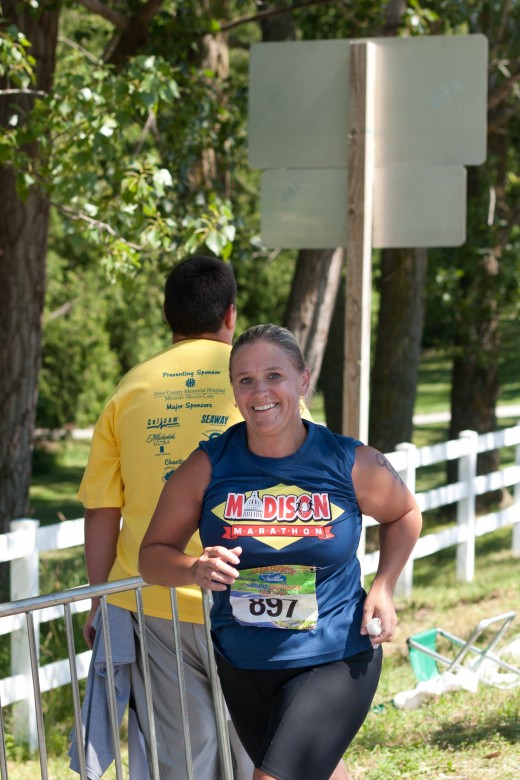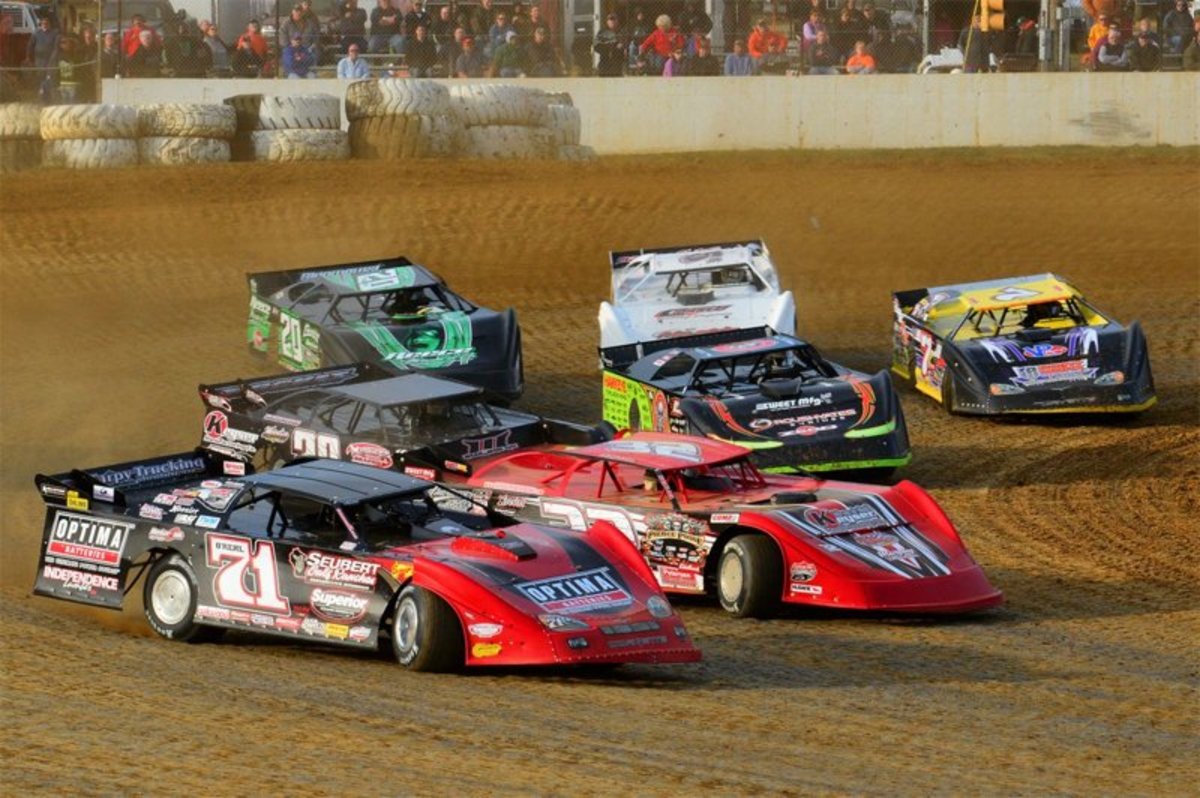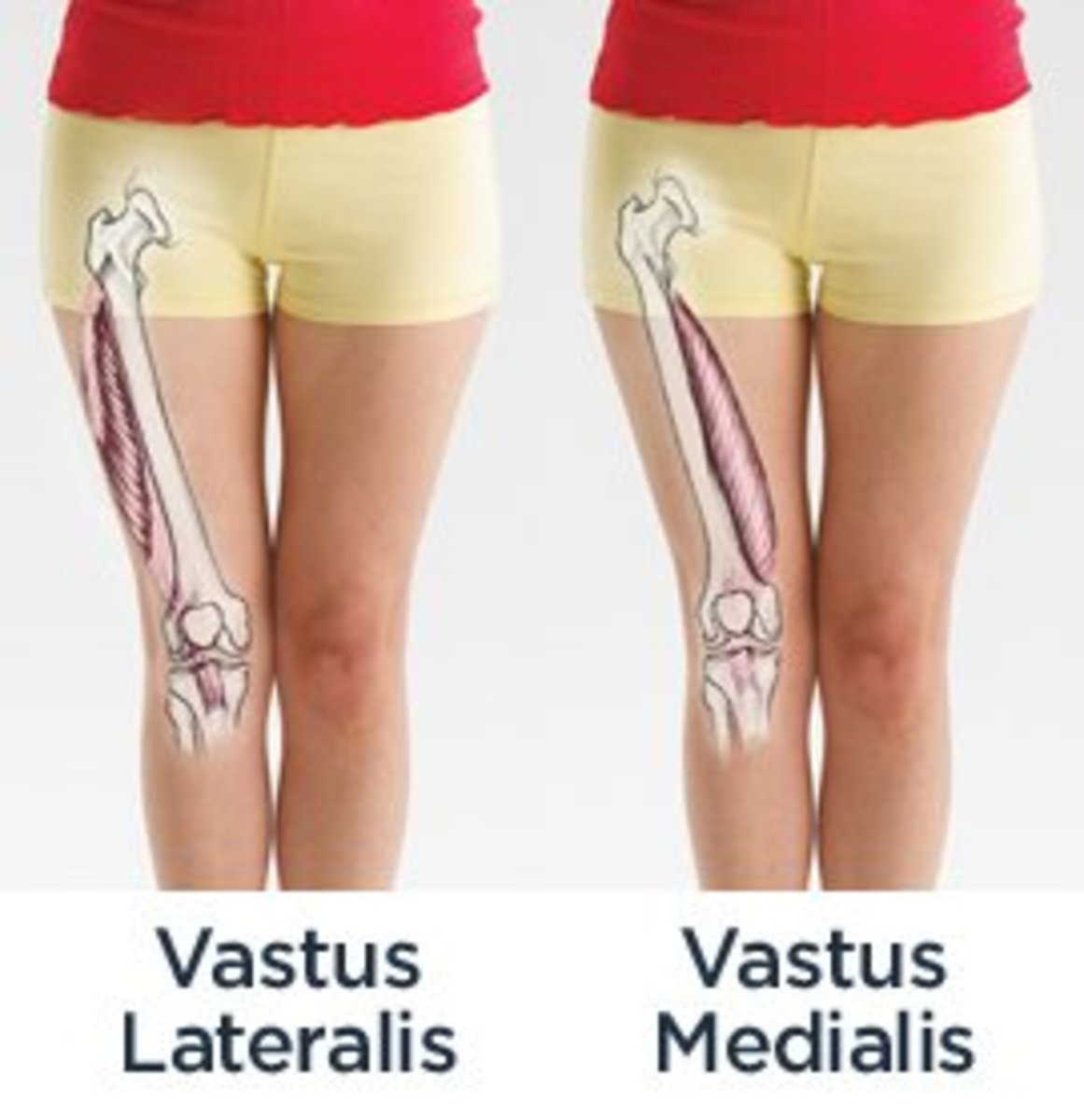Triathlons: Choosing Your Distance

Going the Distance
The sport of triathlon has been steadily gaining appeal for the past several years, in part, because of the various distances offered, which attract everyone from the weekend warrior to the Ironman.
I’ll never forget the first time I saw a triathlon. It was the 1970s and I was watching some network television sporting show. They were televising the Ironman World Championship in Kona. I was completely transfixed. I had no idea that twenty years later I would find myself competing and loving every minute of it. I’d love to say that I am also racing in Kona, but as sexy and fantastical as that notion is, I am not built for that test of human endurance. And that brings me back to my original point. I don’t have to be. There are so many distances to choose from that anyone interesting in giving it a go should definitely do so.
The Super Sprint
This race is perfect for beginners. It requires the shortest distances in every leg of the race. For my very first tri, I chose a super sprint because I was not a runner. The race began with a 375 meter lake swim. That is the equivalent of 15 lengths in a metered pool. The bike ride was only 7 miles and the run was 2 kilometers. Super sprints vary from race to race. Most swims are 400 meters or fewer. The bike races range from about 7 to 12 miles and the runs are typically two miles or fewer. If you are not a runner, you may walk. The point here is not how fast you are but whether or not you can finish.
The Sprint
The sprint distance is slightly longer than the super sprint. The swim is generally a quarter mile, followed by a 15 – 18 mile bike ride and a 5 k run. Even though it's called a sprint, this one will tire you out. Train in advance and enjoy!
Olympic Distance
This race begins with a .9 mile swim and is followed by a 25 mile bike ride and a 10 k run. The distance may seem easy compared to the Ironman or even the Half Ironman, but make no mistake about it, this one take training and discipline.
Half Ironman - 70.3
The Half Ironman is a 70.3 mile event which appeals to the serious athlete who may or may not be ready for a full Ironman. The race begins with a 1.2 mile swim and is followed by a 56 mile bike ride and a 13.1 mile run, or a half marathon.
The Ironman
This is the granddaddy of them all. 140.6 miles of muscle cramping, sweat-drenched, teeth-clenching madness! The race consists of a 2.4 mile swim, a 112 mile cycle and a full marathon (26.2 miles). Athletes pay hundreds of dollars to compete. It is here that you see the top of the line cycles, wetsuits and other gear. You see fainting, medics and tears; tears of frustration, exhaustion and elation. People endure the 140.6 miles for the bragging rights and the thrill of hearing the emcee say, “John Doe…You are an Ironman!!”
Whatever your distance, there are a few things that are important to remember.
- Each race has a cut-off time and athletes must complete the race within the given time frame.
- Ironman competitions have cut-off times for each leg of the race. For example, at the Ford Ironman in Madison, Wisconsin competitors must complete the swim in 2 hours and 20 minutes or they cannot move on to the bike leg. The bike leg must be completed by 5:30 pm or athletes cannot advance to the run. The marathon must be completed by midnight. There are only 17 hours allotted for this race, which starts at 7:00 am and concludes at midnight.
- No matter what your race, you will not be allowed to compete without the sanctioned swim cap and bike helmet.
- Most races have a Clydesdale and Athena category that allows larger competitors to register by weight class instead of by age.
- Many races, with the exception of the Ironman, which has a mass start, start in waves according to age groups. Waves start with professionals, followed by male age groupers from youngest to oldest and then female age groupers from youngest to oldest.
- Many people train hard and start their triathlon careers with the Ironman, but this is not recommended. You don’t have to start with the super sprint if you are very fit and have good physical health and endurance, but starting with Ironman is not advisable.
- Choose your race carefully. A USAT sanctioned race is preferable. Many races are USAT sanctioned, but some are not. Races that are not sanctioned may not follow all the standard safety protocols, may be lacking in hydration or aid stations, and do not have to certify their distances, meaning all distances are approximate. Most non-sanctioned races will not be chip timed., so you will also not get an official race time. Non-sanctioned races may also not have rules about drafting and dropping, which serious cyclists are concerned with.
- Many races give out finisher medals. A lot of athletes really like this and will only choose races where medals are given to each finisher. In addition. The top 3 age groupers of each gender also get medals. If this is of importance to you be sure the check the website. Most race sites indicate whether or not finisher medals are awarded. The also often list what types of freebies are in your goodie bag.
- Other important information on the websites includes course information. This is important for people who register for specific races based on degree of difficulty. Do you like a hilly or flat bike ride? Does it matter how hilly the run is? Do you want to know whether or not wetsuits are allowed? Then check the website.
- Regarding wetsuits, most races will allow wetsuits only if the water dips below a certain temperature. This is typically around 73 degrees Farenheit. Athletes who choose to wear a wetsuit when the temps exceed race allowable temps will not qualify for official times. That is usually because wearing a wetsuit gives you an advantage in water. They create a level of buoyancy that allows you greater ability to cut through the water and adds speed.
Remember that unless you are a professional triathlete or are aspiring to be one, this sport is all about fun and friendly competition. Set your personal goals. Race against yourself. The feeling of accomplishment you get is your reward!
Check out these awesome hubs for athletes!
- Triathlon Transition Staging
Preparing your Transition Area For first time triathletes, preparing the transition area can be more stressful than the race itself. By race day, you have been training for weeks or months. You have swam,... - Marathon Training Plan
Training for Your First Full Marathon Training for a full marathon is no small commitment. It takes dedication, perseverance and an ability to work through fatigue, pain and mental exhaustion. You run in... - Bicycles: Triathlon or Road Bike, Which is Right for You?
Bicycles: Triathlon or Road Bike, Which is Right for You? Choosing between a triathlon bike or a road bike can be tricky, especially if you are selecting your first professional grade bike. There are... - Playlist for the Running Enthusiast
Music for the Active Runner Let's face it, we could all use a little motivation to get out and keep fit. Many of us are full time employees, parents, volunteers, friends and caretakers. It is hard to get out...
Rate this Hub
© 2010 Jaynie2000






